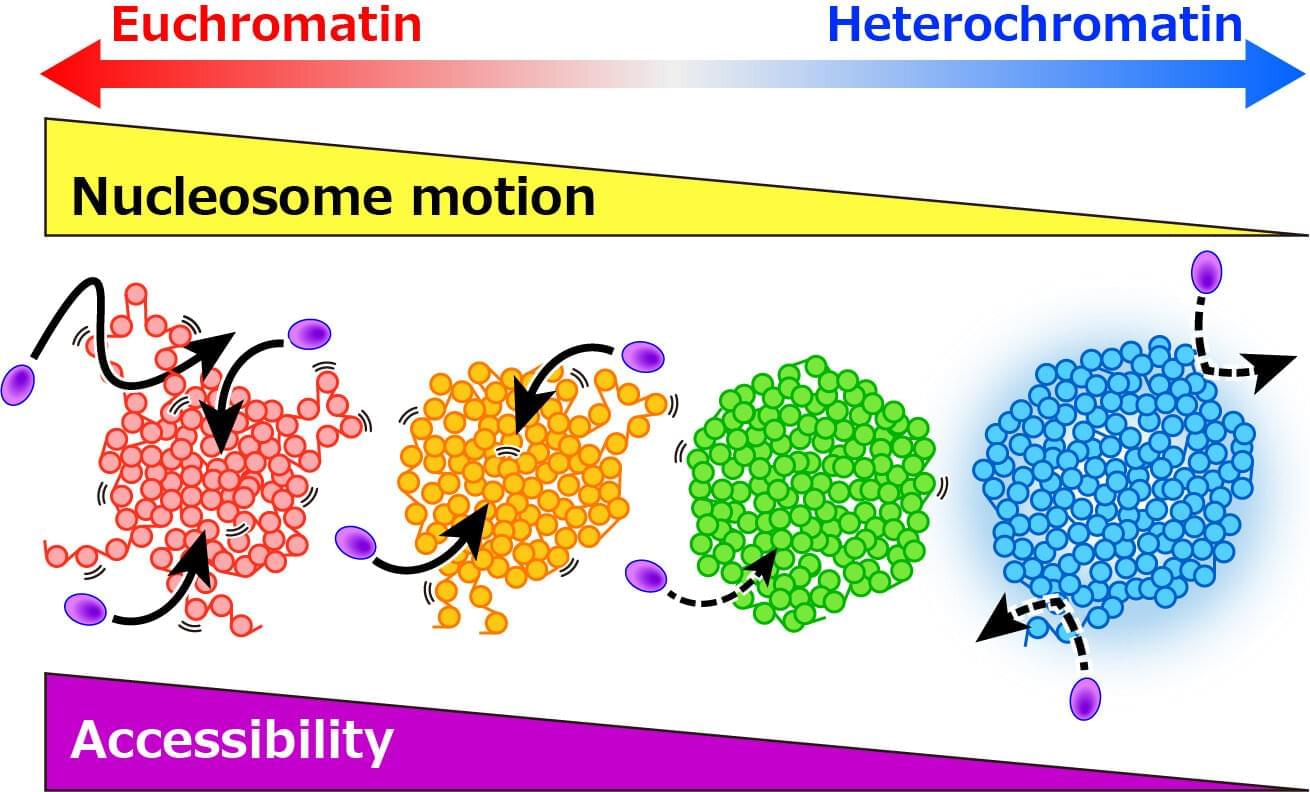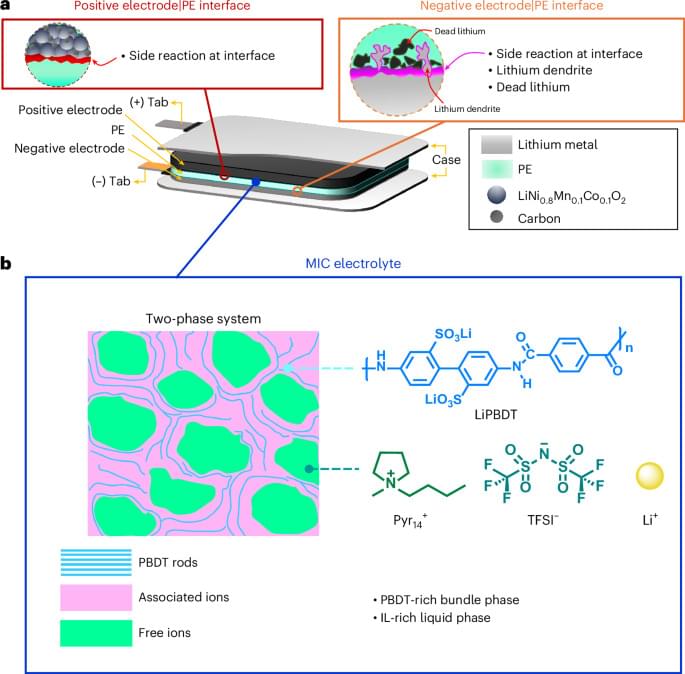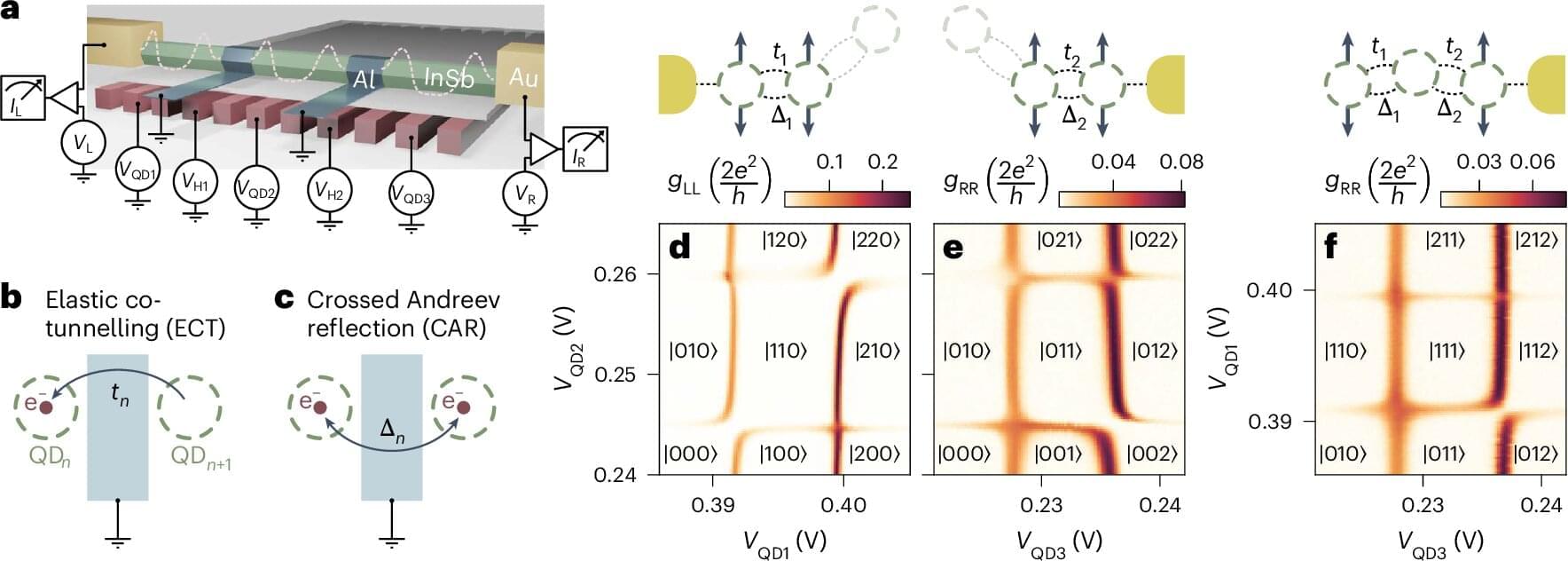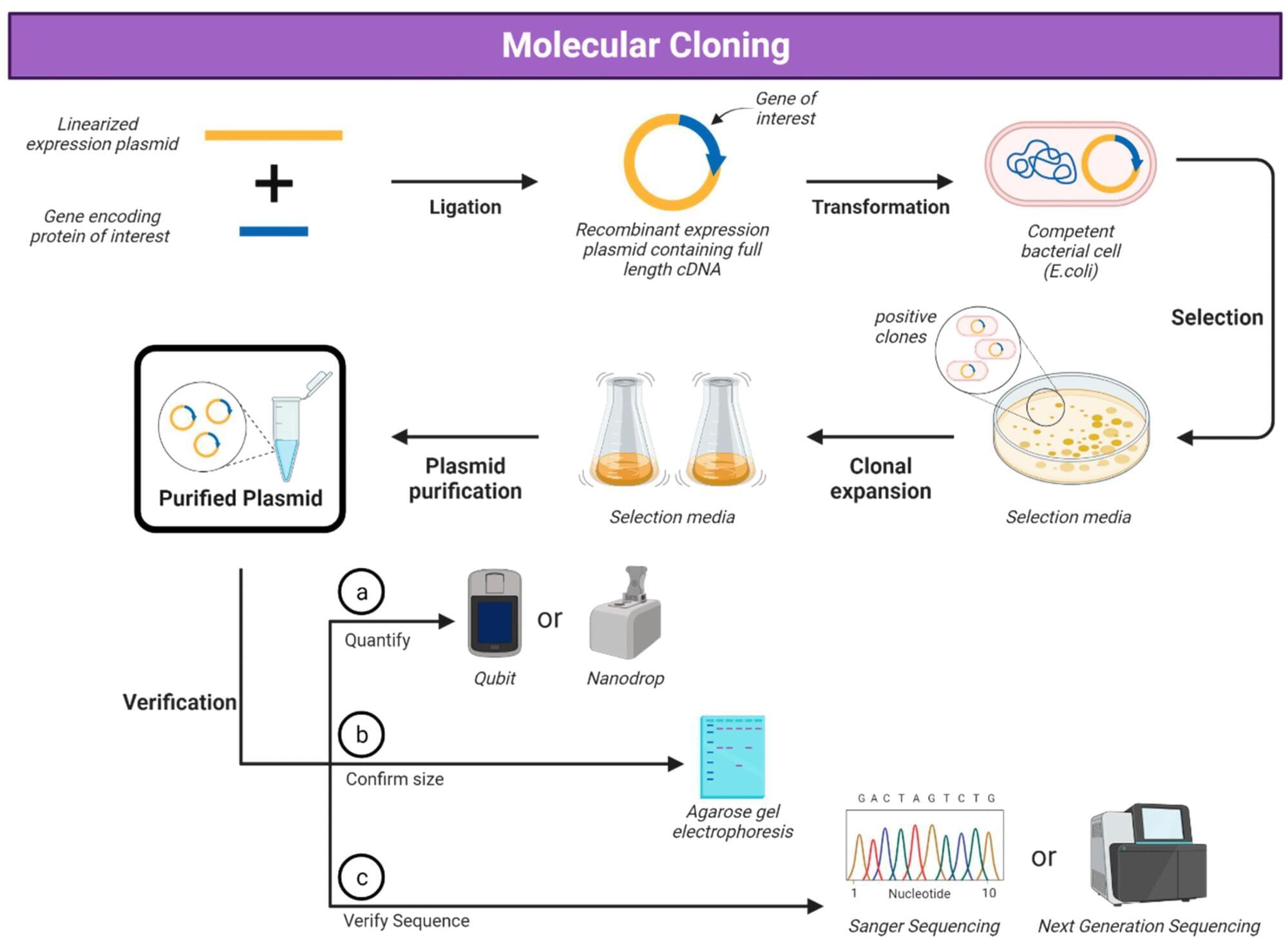D-Wave Quantum Inc has deployed its hybrid approach to solve optimization problems and drug discovery hurdles in separate projects.
Get the latest international news and world events from around the world.

Live-cell labeling sheds light on how our DNA is packed and behaves in cells
A team led by Professor Kazuhiro Maeshima of the National Institute of Genetics (ROIS) and SOKENDAI in Japan has developed a method to visualize different types of chromatin and reveal their distinct physical properties. They published their approach and findings on March 28 in Science Advances.
Inside every human cell, 2 meters of DNA must be tightly packed into a tiny nucleus. This DNA is wrapped around proteins to form chromatin, which exists in two main forms: euchromatin, where genes are active, and heterochromatin, where gene activity is suppressed.
“How these two types of chromatin are organized and behave inside living cells is still not well understood,” says Katsuhiko Minami, the first author of this study. “Until now, we lacked a way to specifically label euchromatin and heterochromatin in live cells.”
Breakthrough quantum computer unlocks hidden world of elementary particles
Qudit-based quantum computers simulate 2D quantum electrodynamics, revealing magnetic fields and particle interactions in new detail.



UCLA team developing inhalable gene-editing treatment for CF
Researchers at the University of California, Los Angeles (UCLA) are developing a gene-editing therapy — designed to be delivered as a one-time inhalable treatment — that aims to correct the underlying mutations that cause cystic fibrosis (CF).
The team is using tiny fat-based particles to deliver the gene-editing machinery to lung stem cells, where, they believe, gene correction could be permanent. The treatment, according to a university news story, could offer hope to people with the genetic disease who do not benefit from current therapies.
CF is caused by mutations in the CFTR gene, which normally produces a protein of the same name. This CFTR protein helps regulate the flow of water and salt molecules in and out of certain cells, which is essential for the production of mucus. In CF, missing or dysfunctional CFTR instead results in the accumulation of thick and sticky mucus in several organs, particularly the lungs. This, in turn, leads to symptoms like shortness of breath, cough, and frequent lung infections.

Coconut Oil and Soap: New Chemistry Method Could Cut Drug Costs and Support Sustainability
Researchers at the University of Missouri, in collaboration with Novartis Pharmaceuticals, have developed a groundbreaking and environmentally friendly electrochemistry technique. This new method uses engineered “soapy” water, micelles made from natural amino acids and coconut oil, combined with electricity to drive chemical reactions in a safer, more sustainable way.
Unlike traditional electrochemical processes that rely on toxic solvents and electrolytes, this approach offers a non-toxic alternative. Led by Associate Professor Sachin Handa and graduate student Karanjeet Kaur, the team’s innovation could significantly reduce the cost of pharmaceutical manufacturing and advance clean energy technologies. It also shows promise in tackling environmental challenges, such as removing persistent “forever chemicals” like per-and polyfluoroalkyl substances (PFAS) from water.
These ball-shaped structures have two sides: one that mixes with water and the other that repels it. Their unique design allowed researchers to make electrochemical reactions more efficient by combining the traditional roles of solvents, electrolytes, and reaction boosters into one simple tool. Bonus: The reactions are highly efficient and selective.

New study achieves major advance towards fault-tolerant quantum computing
A study, “Enhanced Majorana stability in a three-site Kitaev chain,” published in Nature Nanotechnology demonstrates significantly enhanced stability of Majorana zero modes (MZMs) in engineered quantum systems.
This research, conducted by a team from the University of Oxford, Delft University of Technology, Eindhoven University of Technology, and Quantum Machines, represents a major step towards fault-tolerant quantum computing.
Majorana zero modes (MZMs) are exotic quasiparticles that are theoretically immune to environmental disturbances that cause decoherence in conventional qubits. This inherent stability makes them promising candidates for building robust quantum computers. However, achieving sufficiently stable MZMs has been a persistent challenge due to imperfections in traditional materials.

